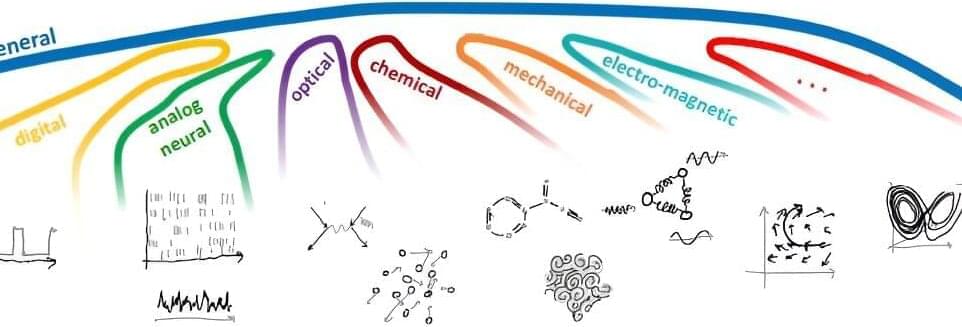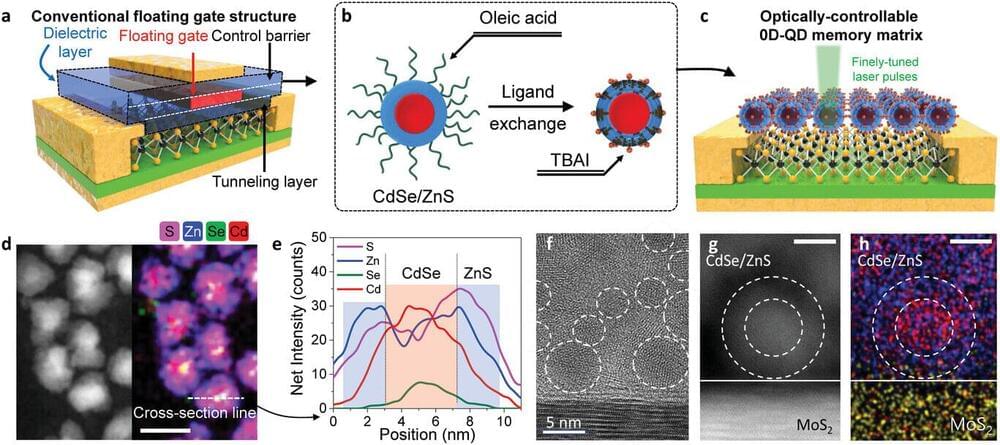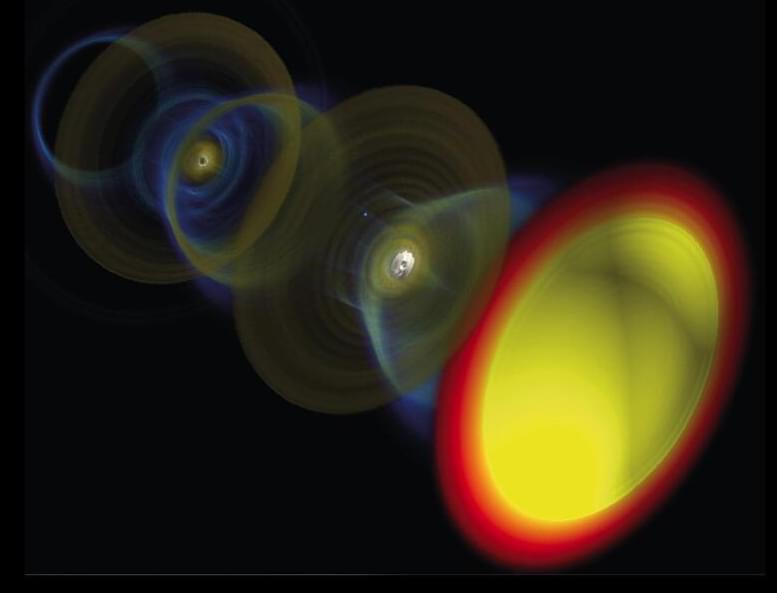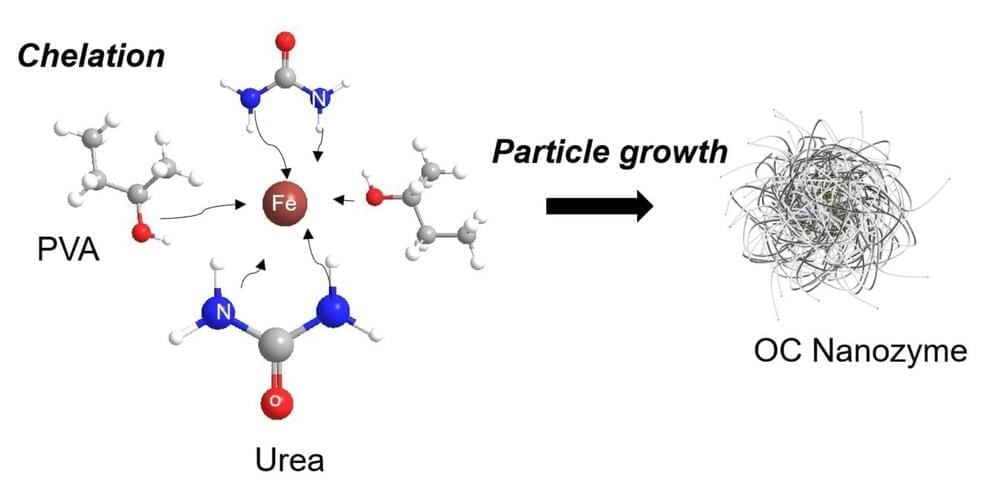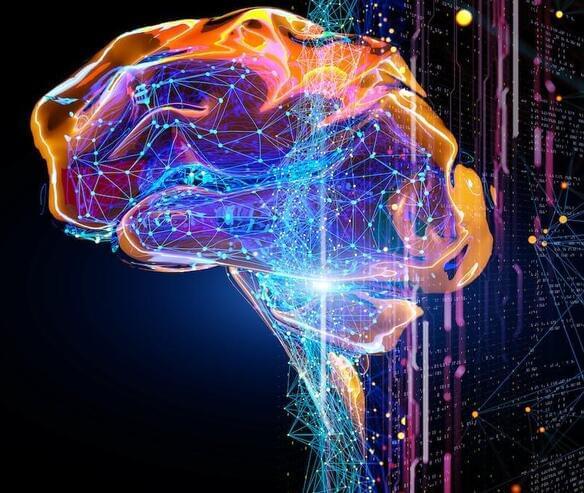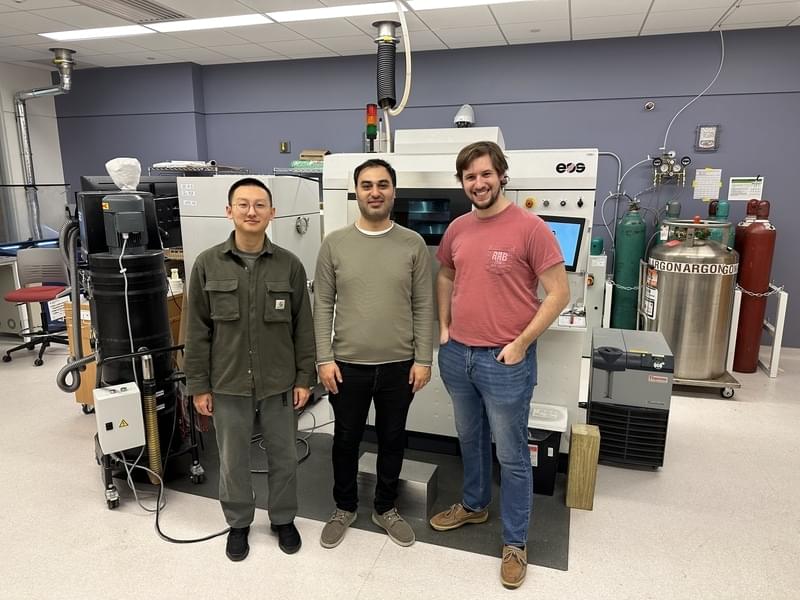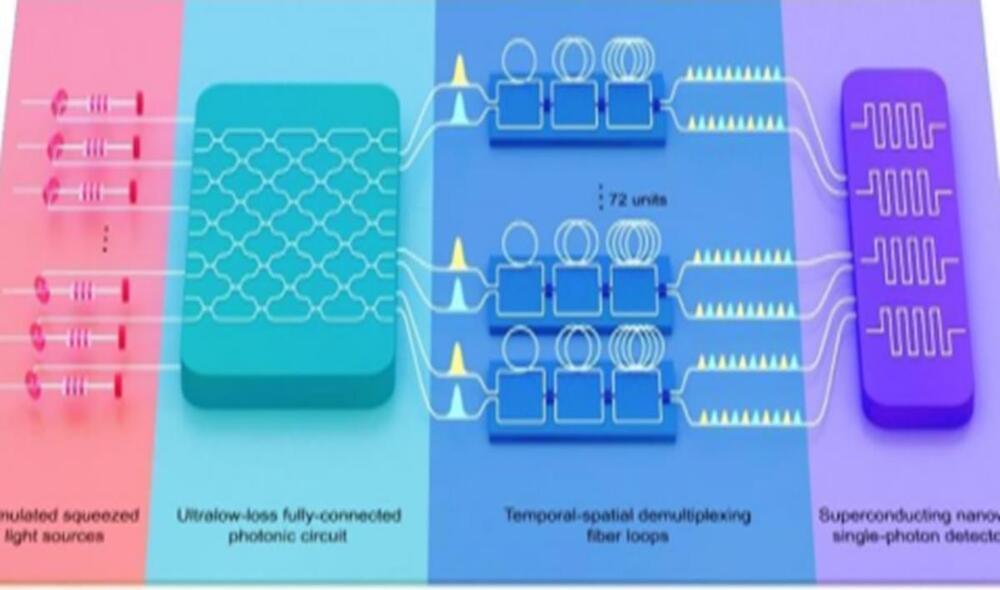Oct 20, 2023
Researchers Develop Possible Solution to Disinformation
Posted by Shubham Ghosh Roy in categories: blockchains, engineering
This post is also available in:  עברית (Hebrew)
עברית (Hebrew)
Researchers from the University of Waterloo’s Faculty of Engineering are developing a first-of-its-kind innovative system against fake news that relies on blockchain. Their goal? A world where people have greater trust in the news they see and hear.
It is already known that disinformation – especially digitally created – poses a great threat to democracy. There is evidence fake news could have influenced important world events like Brexit, the 2016 US elections, the Russia-Ukraine war, etc. Big tech companies like Facebook and Google have been trying to establish policies to prevent the spread of disinformation on their platforms, with limited success.

